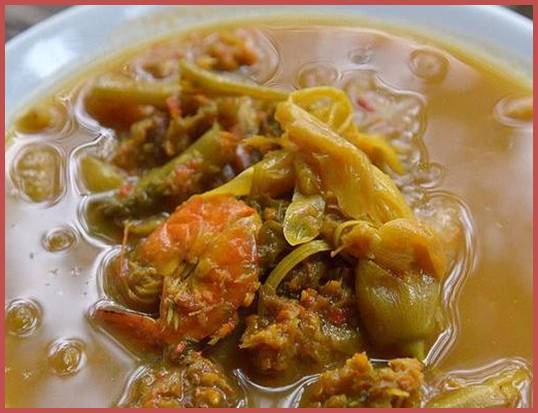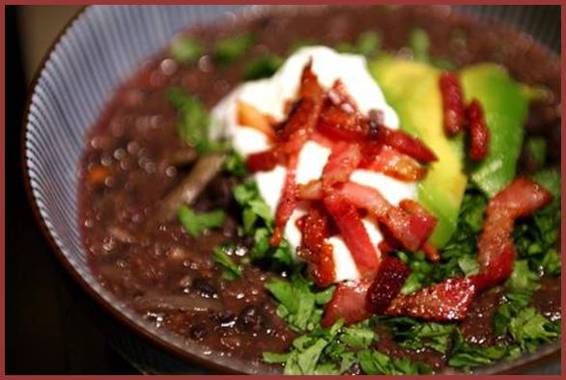This book contains material protected under Internationaland Federal Copyright laws and treaties. Any unauthorized reprint or use ofthis material is prohibited. Violators will be prosecuted to the fullest extentof the law.
The author, publishers and distributors of this productassume no responsibility for the use or misuse of this product, or for anyphysical or mental injury, damage and/or financial loss sustained to persons orproperty as a result of using this system.
Introduction

The Paleolithic diet, often called the Paleo for short, issometimes referred to as the caveman diet. Though it is a modern-daynutritional plan, the this diet is based on the presumed dietary habits ofearly humans living during the Paleolithic era. This diet is said to be one ofthe healthiest diets in existence and the only diet to which humans aregenetically adapted. In addition to being incredibly healthy, the Paleofieddiet has actually been documented to help control or reduce the risk of seriousconditions such as heart disease and type 2 diabetes. This diet is particularlypopular among people suffering from food sensitivities because it completelyomits processed foods and focuses on simple cooking methods that preserve thenatural integrity of food.
The Paleofied diet first became popular during the 1970swhen gastroenterologist Walter L. Voegtlin began to explore the concept ofnutrition as it relates to evolutionary medicine. Voegtlin, along with severalother authors and researchers, created the Paleofied diet following theassumption that because human genetics have experienced little advancement overthe course of time, modern humans must have the ability to thrive on the samediet followed by their ancestors. By returning to a more simplistic, naturalapproach to nutrition, Voegtlin believed it possible to cut out many of theharmful effects caused by modern dietary habits. Those who follow the Paleofieddiet are exposed to far fewer chemicals, preservatives and generally processedfoods than the average consumer. These products are largely to blame for manydiseases such as cardiovascular disease, high blood pressure and obesity whichhave reached epidemic levels in Western cultures.
The main principle of the Paleofied diet is that only foodswhich can be hunted or gathered and eaten raw or with little preparation shouldbe consumed. This means that any food that requires processing or refinement foods like refined sugar, gluten grains, legumes, dairy products and fermentedbeverages are excluded from the Paleofied diet. Proponents of the Paleofieddiet subsist largely on lean meat that is wild-caught or grass-fed, vegetables,fruit, fungi, roots and nuts. Some followers of the Paleofied diet usealternatives to processed foods such as almond flour instead of wheat flour,coconut oil instead of butter and honey as a natural sweetener. There are some,however, who strictly adhere to the principles of the Paleofied diet, consumingonly raw foods.
As is true of any diet, the Paleofied diet will take sometime to get used to. For some people, it can be quite a challenge to eliminateprocessed foods from their diet and to begin focusing on healthier, morenatural options. If you are up to the challenge, however, it will not be longbefore you begin to notice a difference in your body. Followers of the Paleofieddiet are likely to experience relief from food sensitivities and digestiveissues as a result of returning to a more natural diet. Some people alsoexperience improvement in athletic performance, weight loss and a generalimprovement in overall health. If you are serious about getting your body intothe best shape possible and improving your health and longevity, the Paleofieddiet is the way to go.
Though many benefits of the Paleofied diet are indisputable,some potential followers of the diet experience concern over the challenges ofthis type of nutritional plan. Many people believe that healthy, natural foodsare very expensive and thus stock their pantries with inexpensive, processedfoods. In reality, healthy organic foods can be just as affordable as processedfoods if you know how to shop. Another common concern related to the Paleofieddiet is that many people simply do not know how to prepare fresh foodscorrectly. The truth of the matter is that preparing healthy foods can be assimple as you want it to be. There are countless Paleo recipes out there thattake minutes to prepare and you do not even need any special tools orequipment. In fact, you can make a variety of Paleofied diet-friendly mealsusing your slow cooker. If you are looking for a way to ease yourself into the Paleofieddiet, these slow cooker recipes are a great way to go. Not only are they all simpleto prepare, but they are healthy and delicious as well. Whether you are alongtime follower of the Paleofied diet or just getting started, these slowcooker recipes will make a wonderful addition to your recipe repertoire.
Soups and Stews

Whether you are cooking for you entire family or just foryourself, slow cooker soups and stews are a simple way to make a dish thatlasts. Depending on the size of your slow cooker, you can adjust the size ofthese recipes to make more for a large family gathering or dinner party youcan also decrease the size of the recipe or freeze some of it if you arecooking for just one or two. These Paleo soups and stews utilize fresh,flavorful ingredients so you do not need a lot of seasoning. If you have yourown herb garden, however, or have access to fresh organic herbs, dont beafraid to experiment by adding some of your own flavoring to these recipes. Byusing a little bit of creativity you can customize these slow cooker recipes tocreate something your entire family will love.
Cashew Chicken Soup
Inspired by a West African dish, this recipe for cashew chickensoup may be something youve never tried before. Despite being out of theordinary, peanut chicken soup is a delicious, low-carb recipe that is perfectlysuited to the Paleofied diet. If you want to make your soup a little moresubstantial, feel free to add more vegetables such as squash, beans or kale.

Number ofServings: 5 Prep Time: 30 minutes
Ingredients:
1 medium onion, sliced thin
4 cloves garlic, minced
1 tsp. ground ginger
12 oz. chicken breast, cubed
6 cups chicken broth
1 can diced tomatoes
2 cups zucchini, cut into chunks
cup smooth peanut butter
Salt and pepper to taste
1 oz. dry roasted cashews for garnish
Instructions:
1. Placethe cubed chicken in the slow cooker and sprinkle the sliced onions on top.
2. Addthe minced garlic and dried ginger.
3. Pourin about 5 cups of chicken broth and turn the heat on HIGH for 1 hour.
4. Reducethe heat to LOW and stir in the diced tomatoes and zucchini.
5. Combinethe remaining cup of chicken broth with the peanut butter and add it to the slowcooker, stirring to incorporate it.
6. Cookon LOW for 4 to 6 hours until the zucchini is tender and the chicken is cookedthrough.

















